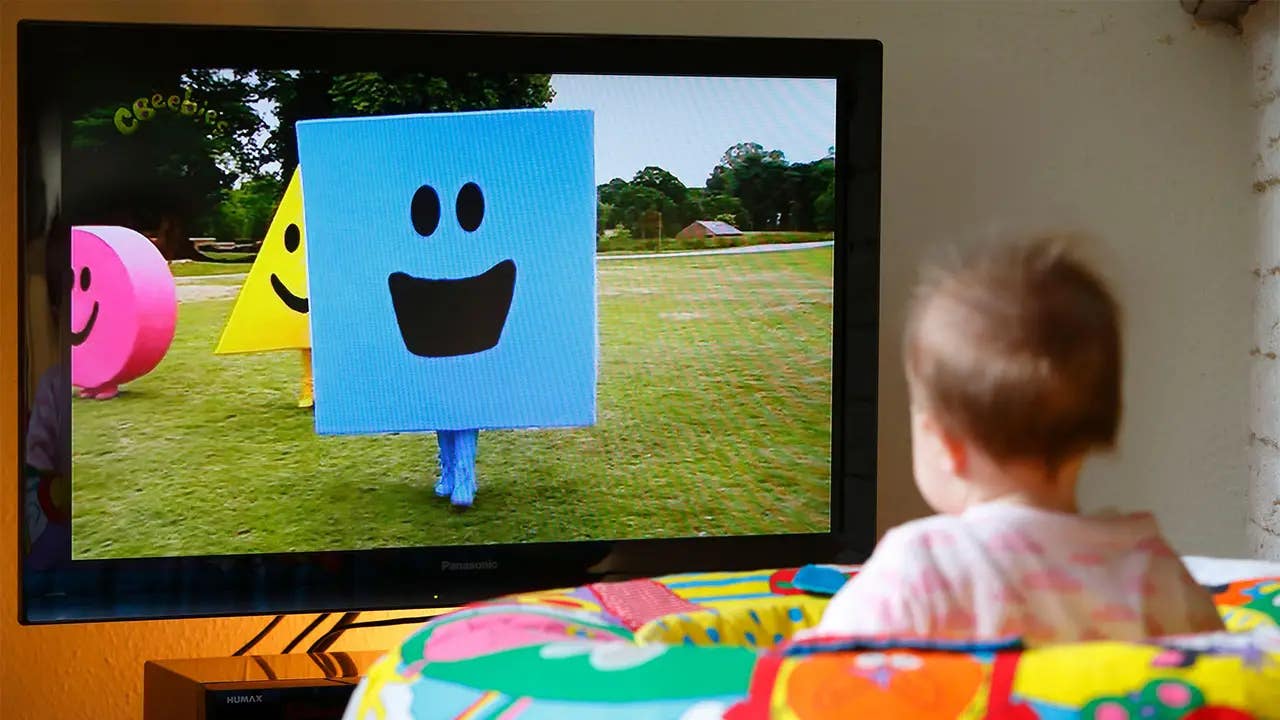Self-powered fabric can help correct posture in real time
Posture is an important part of health. Prolonged poor posture, such as slouching or leaning to one side, can lead to pain and discomfort.

[May 26, 2022: Yao Meng, Tsinghua University Press]
Solutions are needed to help people adjust their posture to prevent these problems and improve the health of students and people with sedentary careers. (CREDIT: Creative Commons)
Posture is an important part of health. Prolonged poor posture, such as slouching or leaning to one side, can lead to pain and discomfort. It has also been shown to increase the risk of cardiovascular disease, vision problems, strokes, and musculoskeletal diseases. Solutions are needed to help people adjust their posture to prevent these problems and improve the health of students and people with sedentary careers. Current monitoring solutions have limitations that have prevented their widespread adoption. To solve this problem, researchers have developed a comfortable and durable self-powered fabric that can be paired with sensors to help correct posture in real time.
The self-powered fabric was developed using triboelectric nanogenerators (TENGs), which use movement to collect the energy needed to power the posture monitoring sensors. The data collected by the sensors is processed by an integrated machine learning algorithm that can provide immediate feedback, alerting the wearer when they need to adjust their posture.
The technology was described in a paper published in Nano Research.
“People often sit in various poor postures in their daily life, leading to pain and discomfort,” said paper author Kai Dong, an associate researcher at the Beijing Institute of Nanoenergy and Nanosystems at the Chinese Academy of Sciences. “This ‘sitting disease’ could be alleviated if individuals were able to observe their real-time sitting posture by wearing a specific type of clothing made with smart textiles. With the self-powered sitting position monitoring vest we developed, users can watch their posture change on their screen and make necessary adjustments.”
This study proposes a portable and convenient self-powered sitting position monitoring vest (SPMV) that reminds users to maintain the right posture during a sustained working period. The SPMV exhibits a high sensitivity, excellent mechanical stretchability, good air permeability, and a posture recognition accuracy of 96.6% using the random forest classifier. (CREDIT: Nano Research)
Related Stories:
The special fabric is created by knitting together a nylon fiber with a conductive fiber. As the wearer of the fabric moves, the fibers are stretched and compressed. The continuous movement and contact between the two fibers produce electricity, a phenomenon known as contact electrification.
The fabric stretches easily, is durable, washable and breathable, and it can be worn comfortably for long periods of time. This makes it ideal for long-term posture monitoring. According to paper author Zhong Lin Wang, the Hightower Chair of the School of Materials Science and Engineering and the Regents’ Professor at the Georgia Institute of Technology in the United States, factors like durability and comfort are important for how people use smart textiles.
“The flexibility, stretchability and bending ability all impact the comfort of the wearable sensors,” Wang said. “But these factors also affect how well the fabric works. The fabric exhibits good stretchability due to its knitting structure, which also increases its output and produces a higher voltage.”
In addition to the comfort of the fabric, another important aspect is the reliability of the posture monitoring. The sensors are stitched directly into the fabric in positions along the cervical spine, thoracic spine, and lumbar spine. These positions help collect data on the most common slouching positions, like humpback posture. The data that is collected by the sensors is then interpreted by a machine learning algorithm, which processes information about how the wearer is sitting, classifies their sitting position, and monitors how they correct their posture when prompted. This system is able to accurately recognize the wearer’s posture 96.6% of the time.
With this combination of wearability and precision, researchers hope this self-powered monitoring vest will help students and people with sedentary jobs avoid pain, discomfort, and long-term health problems. “We believe the TENG-based self-powered monitoring vest offers a reliable healthcare solution for long-term, non-invasive monitoring,” said Dong. “This also widens the application of triboelectric-based wearable electronics.”
Other contributors include Yang Jiang, Jie An, Jia Yi, and Chuan Ning of the Beijing Institute of Nanoenergy and Nanosystems at the Chinese Academy of Sciences and the School of Nanoscience and Technology at the University of Chinese Academy of Sciences; Fei Liang at The Hong Kong Polytechnic University; and Guoyu Zuo and Hong Zhang at the Beijing University of Technology.
The National Key R & D Project from the Minister of Science and Technology, the National Natural Science Foundation of China, the Natural Science Foundation of the Beijing Municipality, and the Fundamental Research Funds for the Central Universities supported this research.
Note: Materials provided above by Tsinghua University Press. Content may be edited for style and length.
Like these kind of feel good stories? Get the Brighter Side of News' newsletter.
Tags: #New_Innovations, #Global_Good_News, #Posture, #Technology, #Clothing, #Medical_Good_News, #Wearbles, #Solar_Power, #The_Brighter_Side_of_News
Joseph Shavit
Head Science News Writer | Communicating Innovation & Discovery
Based in Los Angeles, Joseph Shavit is an accomplished science journalist, head science news writer and co-founder at The Brighter Side of News, where he translates cutting-edge discoveries into compelling stories for a broad audience. With a strong background spanning science, business, product management, media leadership, and entrepreneurship, Joseph brings a unique perspective to science communication. His expertise allows him to uncover the intersection of technological advancements and market potential, shedding light on how groundbreaking research evolves into transformative products and industries.



